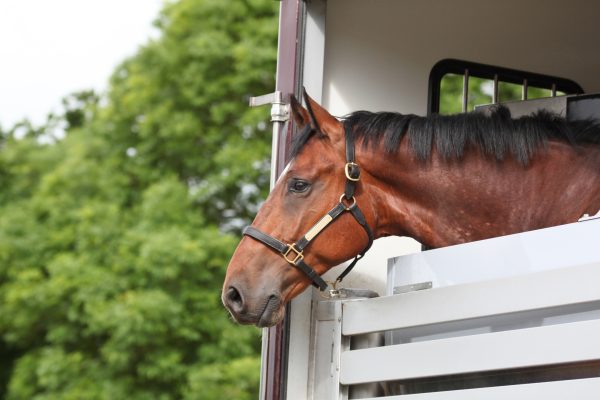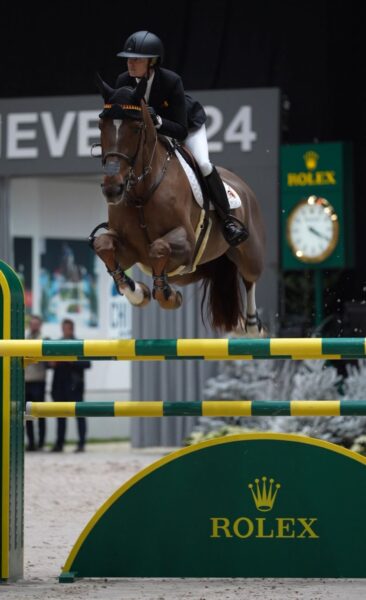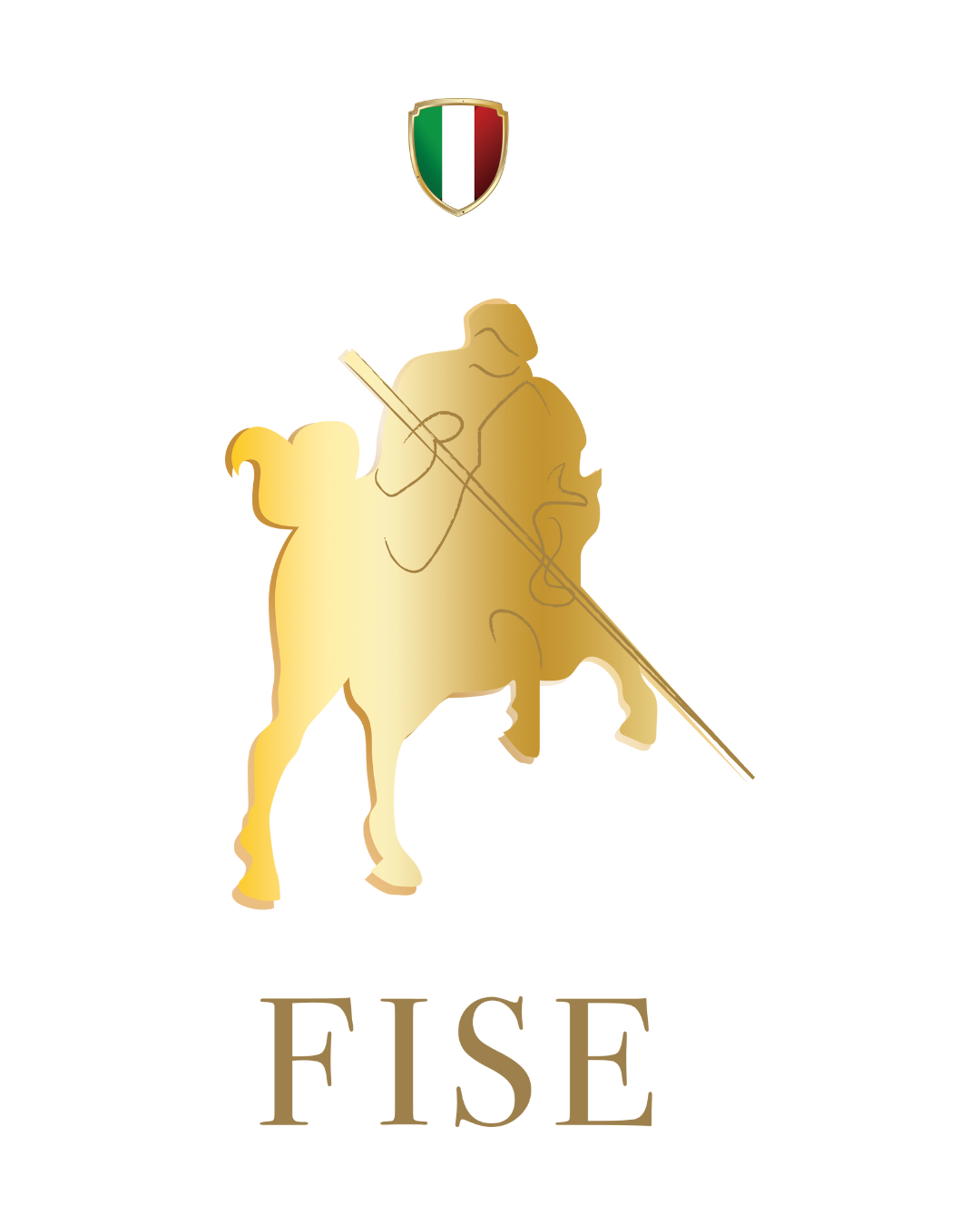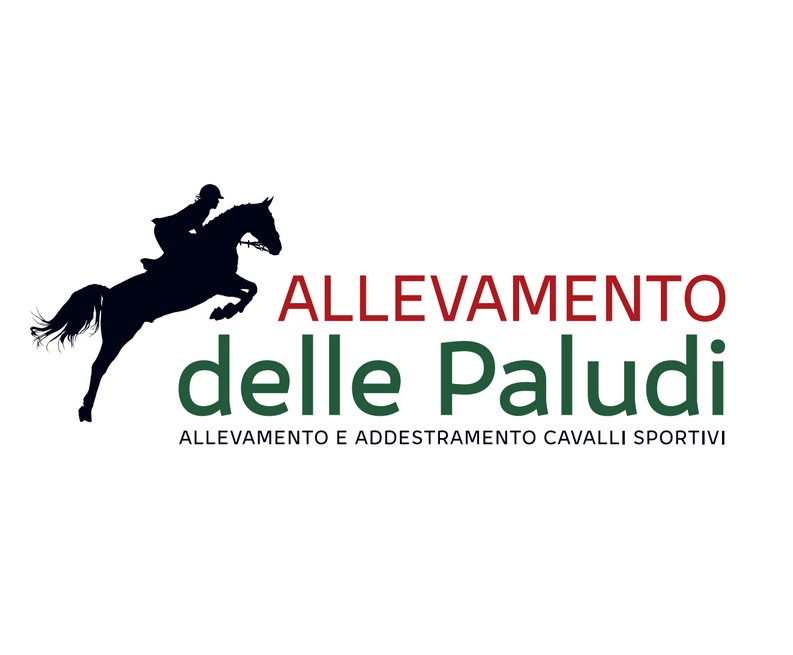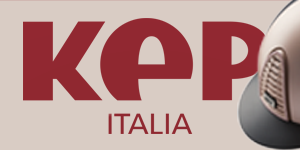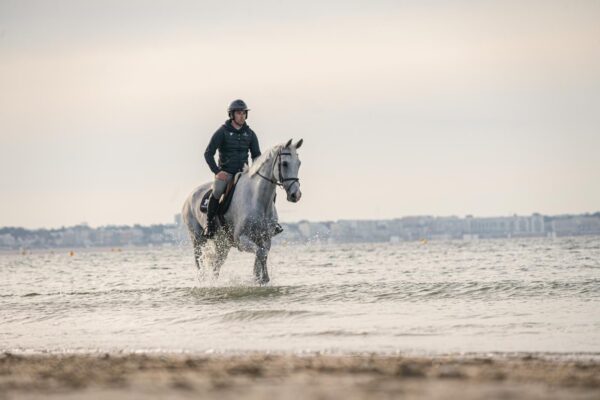
Flying Horses: A Behind-the-Scenes Look with Equine Vet Sofia Peralta

Transporting horses by air is a long and detailed process that requires strict procedures and expert handling. Dr. Sofia Peralta, a veterinarian with the Equine Care Group, recently traveled with a group of horses on an international flight. She shares what happens behind the scenes.
The Airport Process Can Take Hours
“The first step is getting the horses to the airport,” Sofia explains. “We drive them in specialized trucks, but once we arrive, the entire truck has to go through a full inspection. It can take hours—on this trip, it took five, which was much longer than usual.”
Meanwhile, the grooms who accompany the horses have to go through airport security. “The grooms that fly with the horses, including the specialized groom from the transportation company, have to pass through passport and baggage control,” she says. “Once they’re cleared, airport workers drive them to the cargo terminal, where the horses will eventually arrive.”
Loading the Horses into Containers
Once the truck is cleared, it proceeds to the loading area. “There are some temporary stalls in case the horses need to wait,” Sofia describes. “Then, they are loaded into their travel containers—usually two per container, unless they are really big. Each container can fit three horses, but the space is really small, so that’s mostly for ponies or Arabians.”
Preparing for the Flight
Before the horses board the plane, their containers are stocked with everything they’ll need for the journey. “We put in two big bottles of water, their feed, hay, and buckets for water and feed,” Sofia says. “That way, everything is ready before the horses even step inside.”
What Happens During the Flight
Once the plane is in the air, the grooms travel in a small area above the cargo hold. “Upstairs, we have a few seats, a small kitchen, and a toilet,” Sofia explains. “If the flight is quiet, we can go downstairs as many times as we need to check on the horses.”
During the flight, the horses are provided with hay and water, and they can be fed if necessary. “It’s important to monitor them and make sure they’re comfortable,” she adds.
Transporting horses by air: Arrival and Quarantine
When the plane lands, the horses remain in their containers as they are quickly transferred onto trucks. “They go straight to quarantine,” Sofia says. “The grooms aren’t allowed to touch them for the first two days—everything is handled by the quarantine staff.”
Despite the long and sometimes unpredictable process, Sofia finds the experience rewarding. “It’s a long journey, but the most important thing is that the horses arrive safely and in good condition,” she says.
Valentina Sozzi
© Rights Reserved.





.png)
